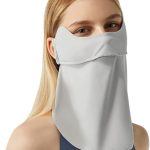Understanding Flood Risks and Preparations
Recognizing the Warning Signs
In recent decades, the incidence and severity of floods have increased, prompting the need for heightened awareness and preparedness. Being able to recognize the early warning signs of an impending flood can mean the difference between safety and disaster. Residents in flood-prone areas should stay informed through local weather alerts and understand the geographical risks associated with their location. Visible changes in water levels in nearby bodies of water, soil saturation, and changes in water color or speed can all serve as critical indicators of potential flooding, calling for immediate precautionary actions and the readying of a flood survival kit.
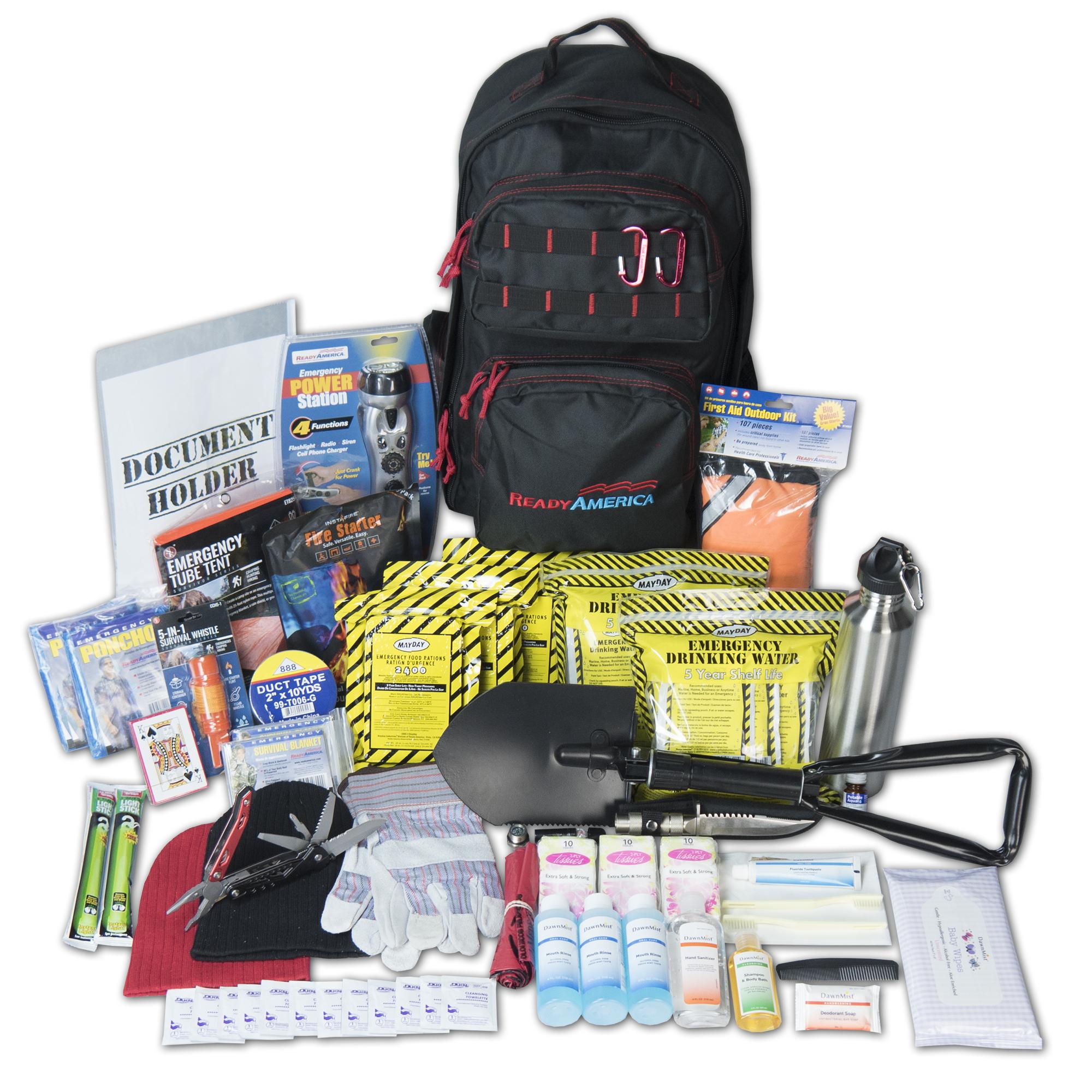
The Essentials for Flood Preparedness
A well-prepared flood survival kit can provide a lifeline during and after a flood incident. Essentials include non-perishable food, drinking water, a first-aid kit, flashlights, and a multi-tool. It should provide for all members of the household, considering specific needs such as medication, infant supplies, or pet care items. Additionally, waterproofing important documents and having cash on hand can ease the recovery process post-flood. Essentials should be packed in a portable, waterproof container, placed in an easily accessible location known to all household members.
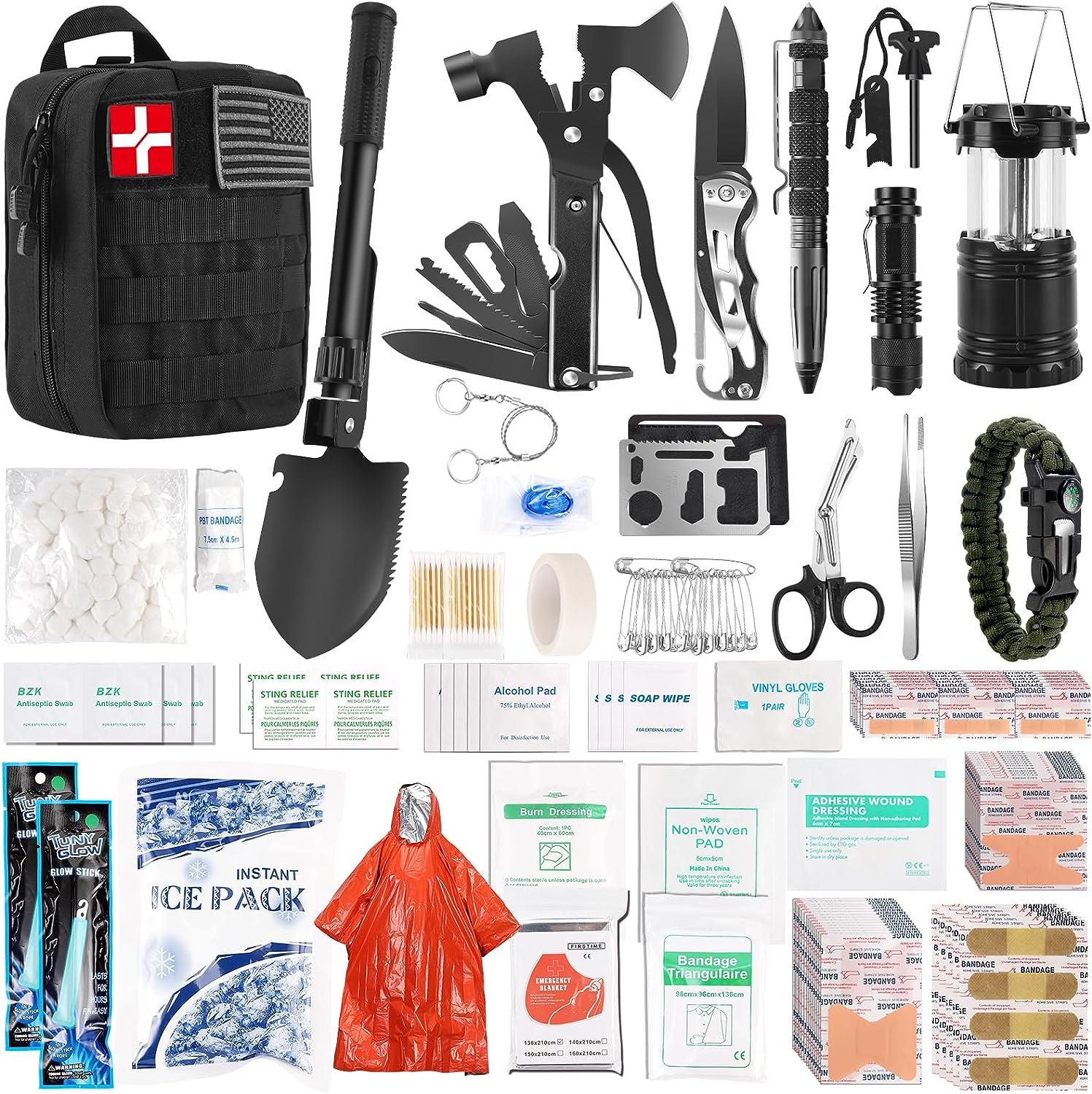
Tailoring Your Kit to Your Environment
Tailoring the flood survival kit to the specific environmental risks and needs of your household cannot be understated. Urban residents may face different challenges than those in rural areas, such as accessibility to services or escape routes. Those in multistory dwellings might prioritize different items than those in single-story homes or areas prone to flash floods. This customization also includes preparing an emergency plan that outlines evacuation routes, meeting points, and communication strategies should family members become separated.
Components of a Comprehensive Flood Survival Kit
Nourishment and Hydration: Keeping Healthy in Crisis
Nutrition and hydration are paramount in a flood survival scenario. Your kit should include a minimum of a three-day supply of non-perishable, nutrient-rich food that requires no cooking, along with a substantial amount of water—at least one gallon per person per day. Consider high-energy foods like protein bars, dried fruits, nuts, and ready-to-eat canned meats or vegetables. Water purification supplies, such as tablets or portable filters, are crucial for ensuring water collected during the flood is safe to consume, as floods can compromise local water sources.

Health and First Aid: Address Medical Needs
Injuries and illnesses can be exacerbated during floods, making medical supplies a crucial component of your flood survival kit. A comprehensive first aid kit should include a range of supplies from bandages, antiseptics, and antibiotic ointment, to prescription medications, pain relievers, and specific items like inhalers or EpiPens if required. Having a manual or basic training in first aid can significantly enhance your ability to address injuries when professional medical assistance might not be immediately available.
During floods, injuries and illnesses can be amplified, highlighting the critical importance of including appropriate medical supplies in your flood survival kit. A well-prepared first aid kit is an essential component, and it should encompass a comprehensive range of supplies. This includes basic items such as various sizes of bandages, antiseptic wipes, and antibiotic ointment for treating wounds and preventing infections. Prescription medications and pain relievers should also be included, tailored to meet the specific needs of individuals in your household. Additionally, it’s imperative to consider specialized medical items such as inhalers or EpiPens for those with specific medical conditions or allergies.
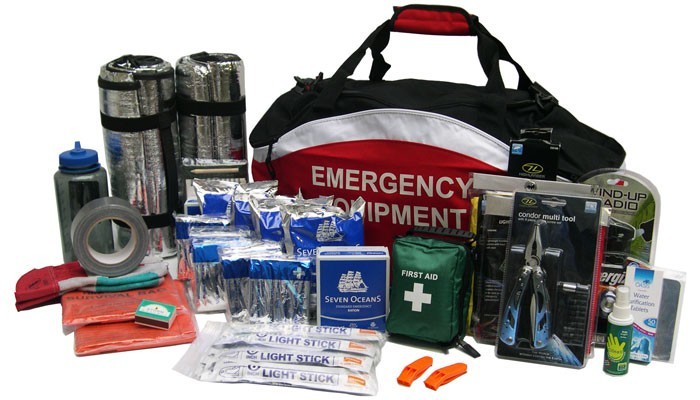
Furthermore, having a basic understanding of first aid is invaluable during emergency situations. Taking a first aid training course or possessing a first aid manual can significantly enhance your ability to effectively address injuries and medical needs when professional medical assistance may not be immediately accessible. Training can provide you with the knowledge and confidence to administer aid and stabilize a health-related emergency until professional help arrives.
In addition, it’s essential to regularly review and update your first aid supplies to ensure that they remain current and functional. Checking expiration dates on medications and replacing any expired or depleted items is crucial to maintaining the efficacy of your emergency medical kit.
Communication and Information: Staying Informed and Connected
Reliable access to information and the ability to communicate are vital during a flood. Pack a hand-crank or battery-powered radio to receive weather updates and emergency information. A fully charged mobile phone with backup power sources, such as solar chargers or extra batteries, ensures you can reach out for help and update family and friends about your safety. Note that regular power sources may be unavailable or unreliable during floods, hence the necessity for alternative charging methods. Keeping a list of emergency contacts, both local and beyond the immediate area, is also advised for quick access.
Post-Flood Survival: Making the Best Use of Your Kit
The Aftermath: Conducting Safety Checks
Once the floodwaters start to recede, safety concerns do not simply vanish. Before re-entering buildings or resuming normal activities, safety checks are imperative. Your flood survival kit should contribute to this process by including items such as heavy-duty gloves, boots, and protective eyewear for clearing debris. Tools for shutting off household utilities like gas and electricity might also be needed to prevent further accidents or damages. Ensure you have a comprehensive guide on post-flood safety procedures within your kit.
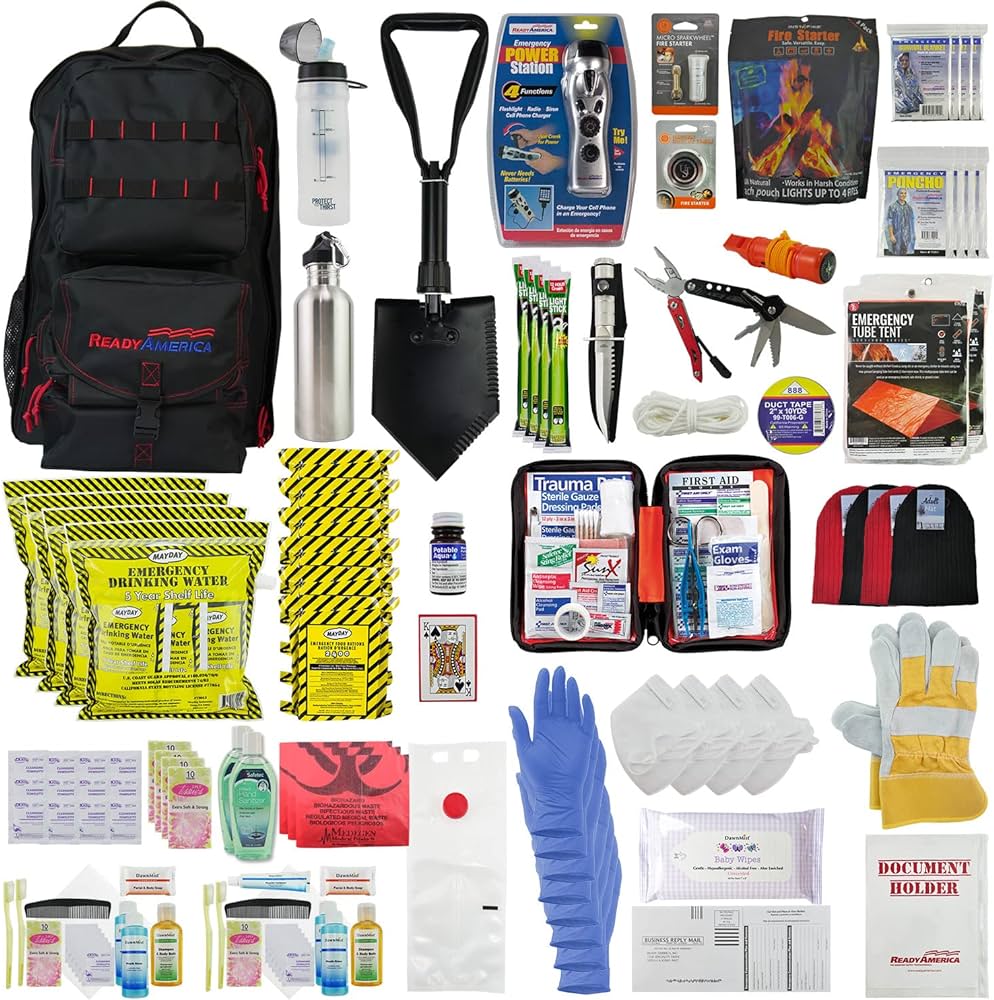
Long-Term Supplies and Sustenance
While initial flood impact may be measured in hours, the aftermath can stretch for days or weeks. Thus, your survival kit should also be equipped for the long haul. This includes rotating stock to ensure the freshness of water and food supplies, planning for extended periods without access to stores or utilities, and considering more extensive water purification systems or larger quantities of non-perishable foods. Planning for the longer term can mitigate the tough transition from immediate survival to normalcy as community recovery efforts take place.
Coping with Displacement and Plans for Recovery
Often, floods can displace residents either temporarily or permanently. Your kit should have resources to navigate displacement situations, such as including a list of shelters, maps, contact information for local disaster recovery services, and any required personal documentation that might be necessary for receiving aid. Additionally, items that can support your mental well-being, like cards, books, or small games, can be important, especially for maintaining morale over long periods of time. Remember that the emotional impact of displacement can be significant; include notes on mental health resources and strategies for stress management.
The process of recovery post-flood involves not just rebuilding structures, but also restoring normalcy to lives that have been disrupted. Having a predetermined recovery plan can expedite this process. Your flood survival kit should provide a foundation for this phase, including crucial contact information for insurance providers, contractors, and aid organizations. Also, ensure you have the necessary documentation to prove ownership and to facilitate the claims process, such as property deeds, serial numbers, and photographic evidence of valuables.
By carefully assembling a comprehensive flood survival kit and carefully considering pre-flood preparedness, immediate survival strategies, and post-disaster recovery plans, individuals and families can significantly improve their resilience in the face of potential flood events. The goal of such preparedness is not just to survive the flood itself, but also to lay the groundwork for rapid and efficient recovery, minimizing the long-term impact on one’s life and well-being.

